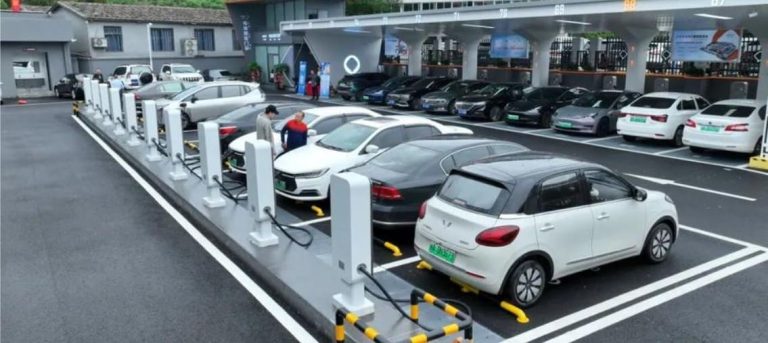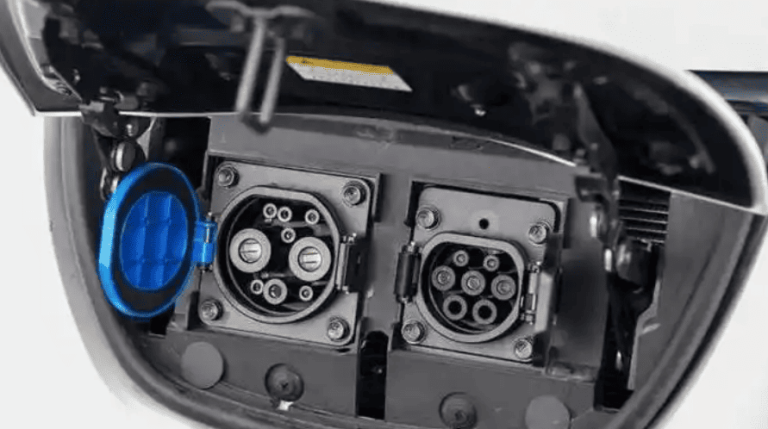Can l install a DC EV charger at home ?

Can l install a DC EV charger at home ?
Yes, you can install a DC fast charger (DCFC) at home, but it requires significant electrical upgrades, ample space, regulatory approvals, and a substantial budget, making it feasible only for specific high-need scenarios—unlike widely accessible AC chargers. Although DC chargers provide quick charging (e.g., 0–80% in 30 minutes), their high power requirements (usually 30–120 kW) conflict with the infrastructure of most homes. The technical, practical, and financial realities of home DC charging are examined below.
Core Principles and Challenges of DC Chargers
Electric vehicle charging operates in two modes:
- AC Charging (Slow/L1/L2): Uses the vehicle’s onboard charger to convert AC grid power to DC for the battery. Home units (3.7–22 kW) are affordable and compatible with standard 220V outlets.
- DC Charging (Fast/Ultra-Fast): Bypasses the onboard charger, feeding DC power directly to the battery. Commercial units (50–350 kW) dominate public networks, while home DC chargers (25–120 kW) demand industrial-grade power.
Key hurdles for home DC:
- Power Hunger: A 60 kW DCFC needs ~90A at 380V (3-phase). Most homes lack 380V service.
- Heat Management: Like an air cooled crusher or dust collector grinder, DC chargers require robust cooling to handle heat from high-current operation.
- Cost: Hardware alone starts at ¥15,000 ($2,000), excluding upgrades.
Feasibility Requirements
Electrical Infrastructure: The Dealbreaker
- 380V 3-Phase Power: Essential for >25 kW DC charging. Single-phase 220V (standard in homes) maxes out at ~22 kW AC. Action: Contact your grid provider to confirm 380V availability. Older neighborhoods often lack it.
- Panel & Meter Capacity:
- A 60 kW charger needs a 100A+ dedicated circuit. Standard home panels supply 100–200A total.
- Upgrading may require a new meter, transformer, or service line. Costs: ¥5,000–¥50,000+ ($700–$7,000).
- Wiring & Safety:
- Cable thickness: 16–35 mm² copper (vs. 6 mm² for AC chargers).
- CE-certified breakers, surge protectors, and GFCI devices are non-negotiable.
Space and Environmental Needs
- Location: A special driveway or garage equipped with:
- ventilation (heat dissipation is similar to the thermal management of cryogenic grinding machines).
- Outdoor units with an IP54/IP67 rating are weatherproofed.
- Support for structure: DC chargers weigh between 50 and 150 kg, which is comparable to a 500 kg grinder base. Steel posts or concrete walls work best.
- Clearances: Allow 1 m to surround the unit for maintenance access and airflow.
Regulatory Approvals
- Grid Company Authorization: Submit engineering plans for load assessment. Unauthorized installs risk fines or disconnection.
- Property Permissions:
- Homeowners: Straightforward if installing on private land.
- Apartments: Body corporate/landlord consent is mandatory. Few allow DC due to grid impact.
- Fire Safety Compliance: Install fire-rated cable conduits and keep chargers 3m from fuel tanks/combustibles.
Cost Breakdown
| Component | Estimated Cost |
|---|---|
| DC Charger (60 kW) | ¥20,000–¥50,000 ($2.8K–7K) |
| Electrical Upgrades | ¥10,000–¥100,000 ($1.4K–14K) |
| Installation Labor | ¥5,000–¥20,000 ($700–2.8K) |
| Total | ¥35,000–¥170,000+ ($5K–24K) |
Pros and Cons of Home DC Charging
Advantages
- Speed: Charge a 75 kWh battery in <1 hour vs. 10+ hours with AC.
- Future-Proofing: Supports next-gen EVs with 800V+ architectures.
- Convenience: Eliminates public charging queues—ideal for rideshare/taxi fleets.
Drawbacks
- Cost Prohibitive: Upfront investment rivals a stainless steel universal grinder for industrial use.
- Underutilization: Most home EVs charge overnight—AC suffices.
- Grid Stress: High demand fees or tiered electricity rates inflate operational costs.
- Maintenance: Complex as a vacuum mill or turbo grinder, requiring specialist technicians.
Installation Process & Alternatives
Steps for Installation
- Feasibility Study: Engage an electrician to audit your panel, voltage, and physical space.
- Permissions: Secure grid + property approvals.
- Hardware Selection: Opt for UL/CE-certified chargers (e.g., Tesla Wall Connector DC, Delta DC Mini).
- Professional Installation: Use licensed electricians for 380V work—never DIY.
- Commissioning: Grid inspection and meter calibration.
Practical Alternatives
- AC Charger (7–22 kW): Costs 90% less (¥2,000–¥10,000). Charges overnight effortlessly.
- Hybrid Approach: AC at home + DC fast charging on highways.
- Shared Community DC Charger: Split costs with neighbors (e.g., a 200KG grinder for communal use).
When Does Home DC Charging Make Sense?
Consider DC only if:
- You run an electric vehicle fleet (such as delivery vans and taxis) that needs to be turned over quickly.
- 380V/3-phase power is already present in your house; this type of power is typical of farms and workshops that have hammer mills or cassava grinding machines.
- The infrastructure budget is more than ¥50,000 ($7,000).
Conclusion: AC Reigns Supreme for Homes
Despite being technically feasible, 95% of owners find home DC charging to be unfeasible due to prohibitive costs and infrastructure requirements. Save DC for commercial applications, such as a factory ultrafine grinder or industrial cannabis grinder. For the majority, a 7–11 kW AC charger offers the best combination of convenience, safety, and value. DC might become practical as EV batteries get bigger, but right now, AC makes more sense.
Key Takeaway: Prioritize AC charging unless you professionally require sub-1-hour home charging. Consult local utilities and EV specialists before pursuing DC.




































































































































